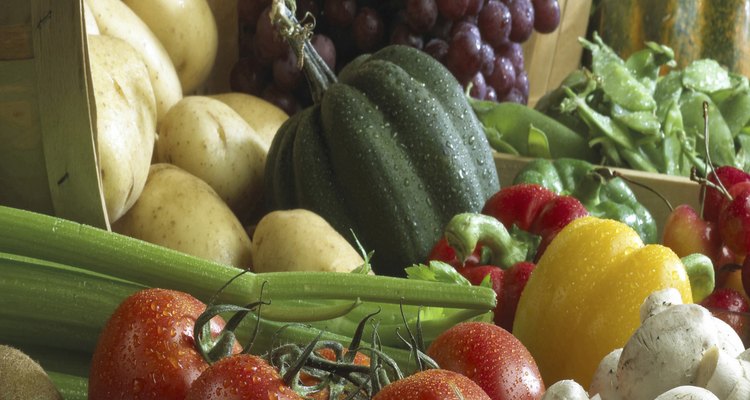
Purestock/Purestock/Getty Images
Fresh fruits and vegetables and whole grains are rich in vitamins and minerals. Refining grains and canning or freezing fruits and vegetables can diminish the nutrient content, making them less healthful than their fresh counterparts. Although fruits, vegetables and baked goods will still impart some positive nutrition no matter how they are prepared, commercially processed foods can have reduced fiber and vitamins and an altered balance of minerals that is not as good for you as fresh foods and whole grains.
Canning
Canned fruits and vegetables are low in nutritional value compared to fresh or freshly frozen products, according to the University of Medicine and Dentistry of New Jersey. To extinguish risk of botulism and other food-borne illnesses, canned goods are heated to high temperatures for an extended period of time. This can break down or destroy vitamins in the produce. Minerals are more stable and tend to survive the canning process. However, most manufacturers add salt to their canned goods to make up for flavor lost by the heat intensity of canning, as well as to act as an additional preservative. This creates an imbalance between salt and potassium in the food product, which can contribute to high blood pressure and other negative health effects, according to the University of Florida IFAS Extension.
Freezing
Frozen fruits and vegetables have usually experienced only a quick blanching shortly after harvest before being placed in a quick deep freeze that locks in most of the vitamins and minerals of the fresh produce. Fresh freezing fruits and vegetables at home when they are in season allows you to take advantage of lower seasonal prices and still have nutritional produce all year long. Processing foods for freezing does diminish the vitamin C level of the produce, according to the Penn State University Food Science program, but its effect is less than that of canning.
Grains
Each individual whole grain contains the soft endosperm as well as a two-layer outer wrapper of the germ and bran that contain the largest portion of the grain's fiber and vitamins. Refined grains like white flour have had their bran and grain removed in processing. This also removes most of the grain's B vitamins, vitamin E, selenium, copper, magnesium and zinc along with dietary fiber, according to NetWellness. Additional nutrients are lost in the flour-grinding process, usually due to the high heat of commercial steel mill apparatus. Brown rice, whole barley and whole oats are all whole grains that retain their full nutritional arsenal when cooked as a side dish or porridge. Popcorn is also a whole grain snack. Whole wheat flour loses a small amount of nutrition in grinding but retains much of the nutritive benefits of the whole wheat grain, especially if slow ground on cooler stone mills. Wheat and oat bran that has been removed from the grain for milling is also sold separately to add nutrients and fiber back into baked goods like waffle, bread and muffins.
Packaged Foods
The harder it is to identify the original food ingredients, the more processed a food product is. Packaged snacks and lunch meats often bear little resemblance to the whole foods and fresh meat cuts they originated from. These highly processed packaged foods may still contain vitamins and minerals, or may have vitamins and minerals added back into the product. They also are more calorie-dense and likely have added salt, fat, and artificial coloring and flavoring that dilutes the nutritional intensity of fresh whole grains, fruits and vegetables. Additives in packaged foods have little to no nutritional value, according to the University of Texas, and the ratio of calories to the nutritional benefits of the products is high. Less processed foods are the healthier option.
Related Articles

Fresh Vs. Canned Foods
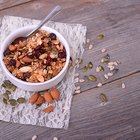
Does Freeze-Drying Affect Nutrition?

What Additives Are in Flour?

How to Know If Pork Chops Have Gone Bad
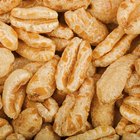
How to Cook With Kamut

Does Boiling Fruits Destroy Vitamins?

How to Finely Grind Celtic Sea Salt

How to Preserve Dough That Has Risen

Can You Freeze Homemade Calzones?

How to Store Brussels Sprouts
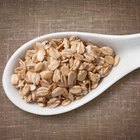
Does Instant Oatmeal Have Less Fiber ...

Beans Vs. Lentils
Is Unbleached Flour the Same as ...
How Long Can Food Stored in Canning ...

Salt Vs. Non-Iodized Salt

How to Cook Oat Groats in a Crock Pot

If Flour Has Never Been Opened Can It ...

How to Preserve Chestnuts
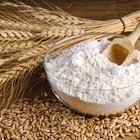
Differences Between Bleached Flour & ...

What Countries Harvest Pearls?
References
Resources
Writer Bio
A freelance writer since 1978 and attorney since 1981, Cindy Hill has won awards for articles on organic agriculture and wild foods, and has published widely in the areas of law, public policy, local foods and gardening. She holds a B.A. in political science from State University of New York and a Master of Environmental Law and a J.D. from Vermont Law School.
Photo Credits
Purestock/Purestock/Getty Images